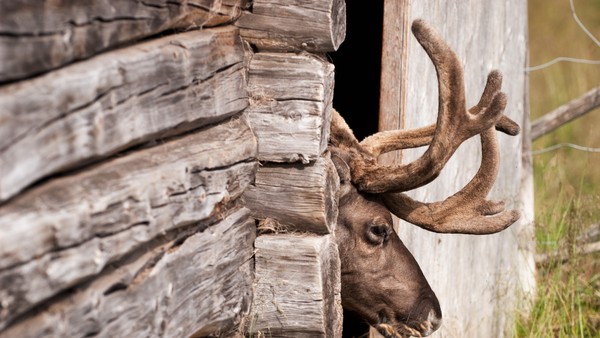The largest country in the Region is also the one with the most inhabitants. For many, Sweden is synonymous with the production of quality cars, iron and steel.

Inland lakes and large rivers represent nearly ten percent of the area of Sweden. The country also has vast coniferous forest areas, but despite that there are 27 000 square kilometers of the country’s area of cultivable land.
Sweden is Scandinavia’s most populous country with about 9.8 million inhabitants. Over 2 million of them live in and around Stockholm. The northern part of the country is sparsely populated.
Sweden is a constitutional monarchy. King Carl XVI Gustaf has no real political power, and the parliament is the country’s highest authority.
Sweden is a member of the EU, but has retained the crown as its currency. The country is not a member of NATO.
Sweden has a large export of goods and services. The main export areas are electronics, machinery, automobiles, paper, iron and steel.
GDP per capita is 32 700 euros (2013).
| Total | 447 435 km 2 |
| Lakes and rivers | 40 124 km 2 |
| Farmland and gardens | 25 970 km 2 |
| Forest and plantations | 280 640 km 2 |
| largest lake | Vanern 5648 km 2 |
| Highest point | Kebnekaise 2106 m |
| Coastline, Mainland | 11,530 km |
| limits | 2205 kilometers (border with Finland:586 km, Norway 1 619 km) |
| Icecap and glaciers | 283 km 2 |
| Average Temperature | January -1.7 ° C |
| Stockholm (1961-1990)in July | 17.7 ° C |
| population in 2016 | 9,851,017 inhabitants |
| Population, capital 2016 | 2231439 Stockholm (county) 2 |
| National Day | June 6 (National Day) |
| Governance | Constitutional monarchy |
| Parliament | The Riksdag (349 seats) |
| Membership in the EU | Since January 1, 1995 |
| Membership in NATO | No |
| Head of state | King Carl XVI Gustaf |
| Government (October 2014) | Stefan Löfven (Prime Minister) |
| Currency | Swedish krona (SEK) |
| Official language | Swedish |

